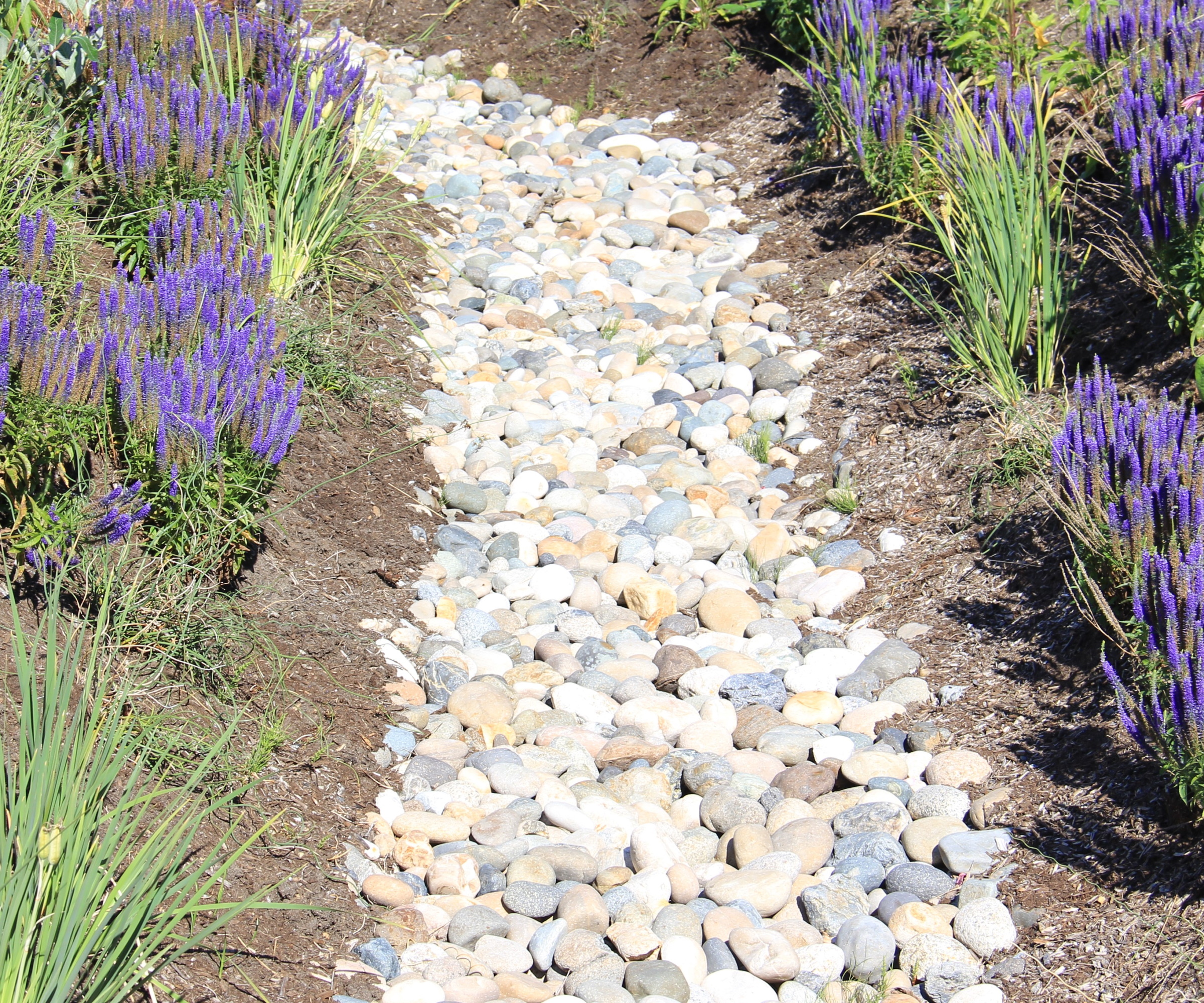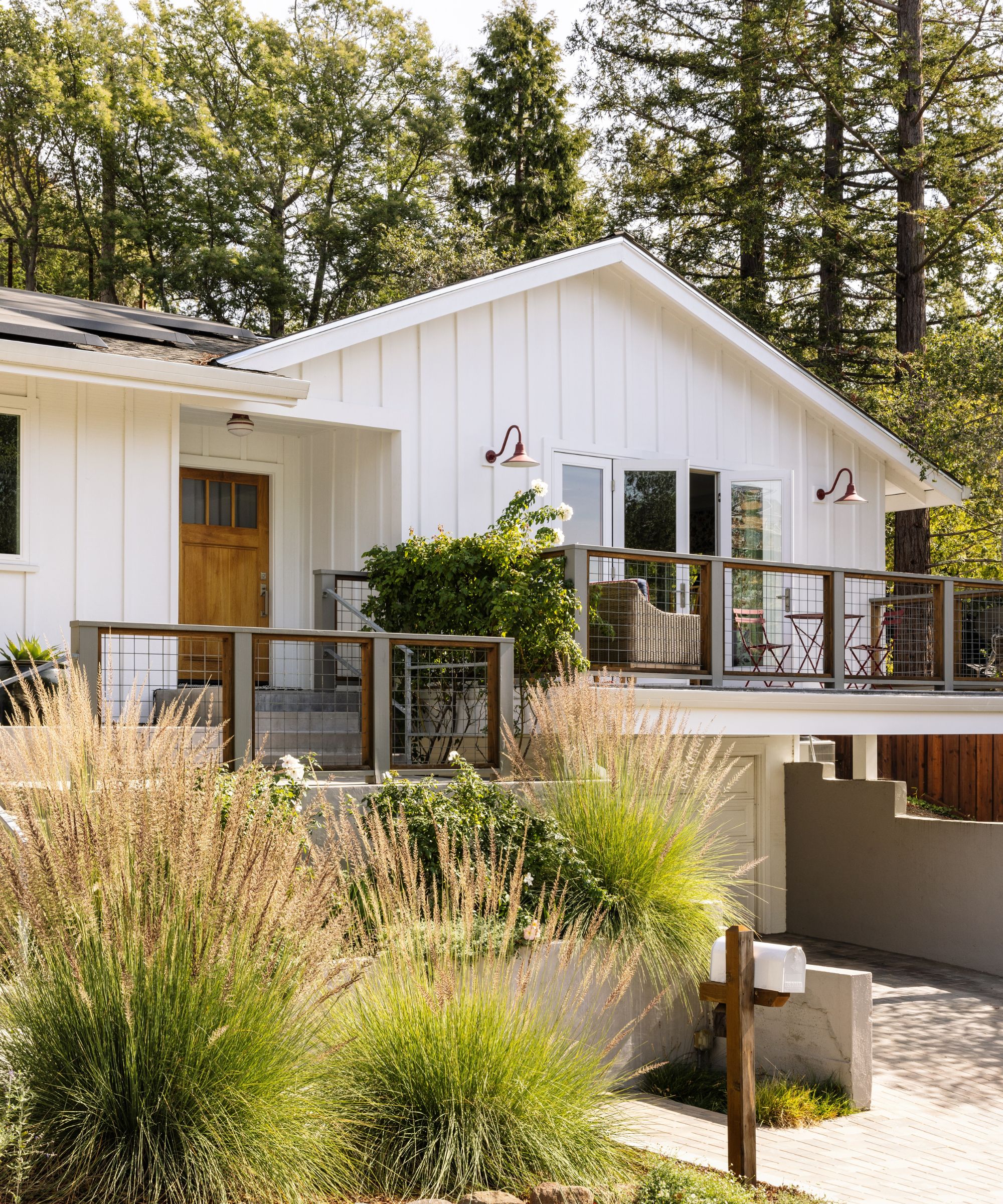Basement drainage solutions – ways to protect your home from flooding
Whether used separately or in combination, these drainage methods can protect your home's structure from severe moisture issues

Gabriella Dyson

Protecting your basement and home's foundation from water infiltration begins with implementing effective drainage solutions. So, whether you're facing moisture issues, such as leaky basement walls, or planning preventative measures, you've come to the right place for the solutions.
Basement drainage is fundamental to basement waterproofing and preserving the integrity of your home. Understanding the key methods for installation is crucial for making informed decisions and the best choice for your basement.
From interior waterproofing techniques to exterior systems, our experts explain how you can keep your basement secure and dry.
Basement drainage solutions
'When it comes to basement drainage, attention to detail is key,' says Riley Annen, home expert at Companies That Buy Houses. 'Slope matters. Waterproofing matters. Every little detail matters. By investing the time and effort into a quality installation, you'll save yourself a lot of headaches in the long run.'
Assess the basement

'Before starting any installation, it's essential to assess the basement's layout and identify potential water entry points,' says Mehdi Khachani, CEO of JMK Plumbing. This could include identifying whether the water is coming from groundwater, surface water, or plumbing leaks. By determining the areas where water is entering the basement and understanding the extent of the problem, you can better plan for the installation of a drainage system.

Mehdi Khachani, a certified plumbing, air conditioning, and general contractor in Florida, blends hands-on expertise with strategic acumen. Dedicated to excellence, Mehdi delivers innovative solutions tailored to clients' needs, ensuring top-tier quality in construction services. With licenses and a commitment to staying ahead, he continues to positively impact the industry in the vibrant State of Florida.
There are many different types of basement drainage systems available, and the
choice depends on your specific needs and the basement's unique characteristics. There's no one-size-fits-all solution. However, these are some of the most effective solutions:
Floor drains

Floor drains are a drainage system that should be planned before your basement extension or conversion since they require installation below the basement floor. These systems are designed to manage excess water and prevent flooding, by avoiding drainage mistakes and water runoff issues.
Design expertise in your inbox – from inspiring decorating ideas and beautiful celebrity homes to practical gardening advice and shopping round-ups.
Floor drains are the ideal solution for basements that regularly flood. They are connected to your home's main drainage system – usually a sump pump – and help direct flood water from the basement away from your property.
You may want to seek a professional's assistance when installing floor drains. You will need to consider the best location for them based on factors such as the slope of the floor, proximity to water sources, and existing plumbing lines. Then, you need to plan the layout of the floor drain system, including the number and placement of drains.
A sump pump

'A sump pump helps to collect and pump out water that accumulates in the sump pit, dug into the lowest point of the basement floor,' explains Mehdi Khachani. This sump pit collects water that may seep into the basement from surrounding soil or foundation cracks.'
A sump pump system is composed of several key components that work together to prevent your basement from flooding:
- The sump pit is a hole dug in the lowest part of the basement. It serves as the collection point for water that enters the basement, either through the surrounding soil or via floor drains designed to direct water into the pit.
- Within the sump pit is the sump pump itself. The pump is equipped with a float switch or pressure sensor, activated when the water level in the pit rises to a certain height. This sensor ensures the pump only operates when necessary, helping to cut energy bills and extend the pump's lifespan. Once activated, the sump pump begins to operate, drawing water out of the sump pit.
- The water is then expelled from the pit through a discharge line. This line routes the water away from the home's foundation to a designated drainage area, such as a storm drain or a dry well, preventing it from re-entering and potentially flooding the basement.
Drake Johnson, foundation expert at Five Pillars Nation, advises: 'You may wish to lay drain tile around the exterior of the basement and under the concrete floor. The drain tile will allow the water to flow into the sump pit.'

Drake Johnson is a Foundation Expert at Five Pillars Nation. He specializes in building foundations and has experience helping homeowners to safeguard their home's foundations from water damage and structural issues.
We always recommend that you get a professional to install your sump pump. Many localities have specific codes and regulations regarding sump pump installation, including where and how water can be discharged.
Proper installation is also crucial for the sump pump to function reliably, especially during heavy rainstorms when it's needed the most. An expert can ensure the pump is correctly sized for the space and installed in the optimal location.
Moreover, many sump pump manufacturers require installation by a certified professional to maintain the warranty.
French drains

'French drains are an effective way to redirect water away from your home's foundation,' explains Mehdi Khachani. 'Installing this system involves digging a trench around the perimeter of your basement and fixing a perforated pipe with gravel on top. The pipe will collect water and direct it away from your home.'
Additionally, Ryan Maskell, managing director at Mask Plumbing Solutions, advises: 'Consider installing a drainage board against the foundation walls. This will channel water away, ensuring no flooding occurs. 'You should also install a protective geotextile fabric over the gravel, as this can prevent soil intrusion and enhance the whole system's longevity.' You can find this VEVOR geotextile fabric at Walmart.
Grading

Basement grading, also known as yard or landscape grading, involves shaping the land around the foundation of your home so that it slopes away from the structure, guiding rainwater and snowmelt to drain away from the house rather than pooling against the foundation walls and potentially seeping into the basement.
The primary goal of basement grading is to create a gentle slope away from the foundation. Typically, a slope of about 6 inches drop over the first 10 feet from the foundation is recommended.
The type of soil and its compaction level are also important in grading. Soils with high clay content can retain water, while sandy soils allow for better drainage. Sometimes, adding or removing soil to achieve the desired slope may be necessary.
This simple step can significantly improve the overall effectiveness of a basement drainage system and protect the building's structural integrity.
'Once your drainage system is in place, you must maintain it regularly,' advises Ryan Maskell. 'This includes frequent cleaning and inspections for any possible issues. Check the sump pump, clean debris from drains, and inspect for any signs of water damage or mold growth. Doing so will help ensure the system works effectively in preventing basement water problems. '

Lola Houlton is a news writer for Homes & Gardens. She has been writing content for Future PLC for the past six years, in particular Homes & Gardens, Real Homes and GardeningEtc. She writes on a broad range of subjects, including practical household advice, recipe articles, and product reviews, working closely with experts in their fields to cover everything from heating to home organization through to house plants. Lola is a graduate, who completed her degree in Psychology at the University of Sussex. She has also spent some time working at the BBC.
- Gabriella DysonContributor